Pisac is one of the most fascinating destinations in the Sacred Valley of the Incas. Its impressive archaeological site offers panoramic views and a rich Inca legacy. In addition, its vibrant artisan market enchants visitors with color, tradition, and authenticity.
This Andean town blends living history, stunning nature, and warm local hospitality. It’s perfect for travelers seeking cultural experiences and unforgettable landscapes. Its proximity to Cusco makes it an accessible and unmissable stop.
Exploring Pisac means walking ancient paths among agricultural terraces, sacred temples, and colonial streets. Every visitor finds spiritual connection, art, and natural beauty here. Its unique energy captivates from the very first moment.
Pisac: Location, Altitude, and How to Get There Easily
Pisac is located in the heart of the Sacred Valley, northeast of Cusco. This charming Andean town lies just 33 kilometers from the ancient Inca capital. Its prime location makes it a convenient stop for those exploring the region.
At an altitude of approximately 2,972 meters (9,751 feet) above sea level, Pisac offers a mild climate and breathtaking scenery. Due to its lower elevation compared to Cusco, many travelers choose it for acclimatization. Strolling through its streets allows you to enjoy the crisp Andean air without overexertion.
There are several ways to get to Pisac from Cusco, depending on your travel style. The most practical option is a private vehicle or tourist taxi, taking about 45 minutes. You can also take local minibuses from Tullumayo Avenue, which are more budget-friendly.
Those seeking a more authentic experience may choose to bike or join an organized tour. These options allow for stops at viewpoints and nearby villages, enriching the journey. Plus, the landscapes between Cusco and Pisac are perfect for memorable photos.
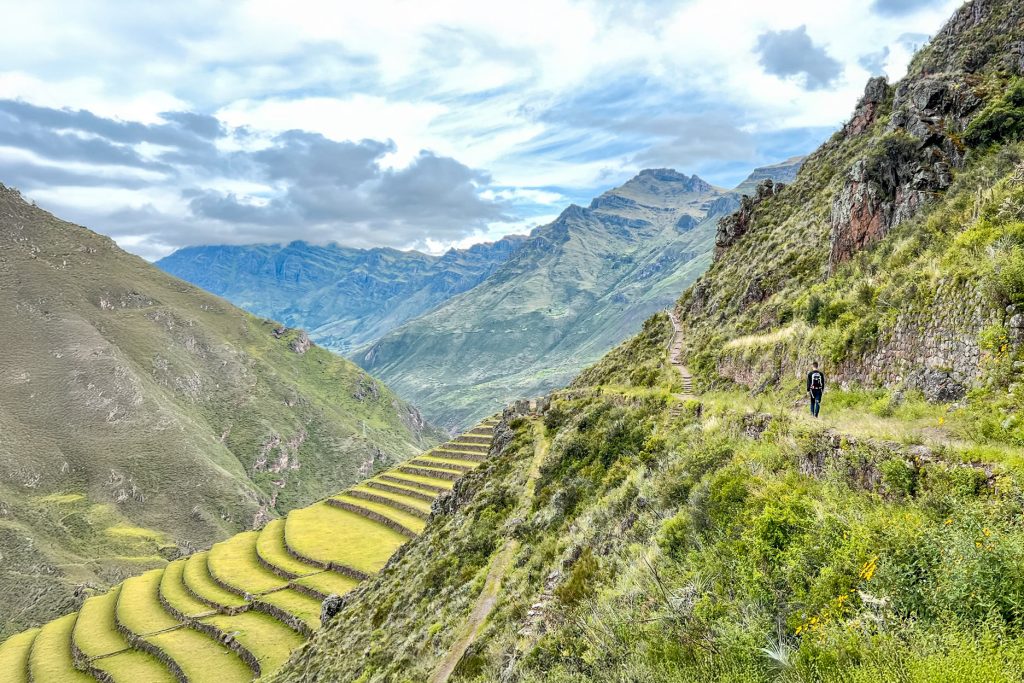
Connectivity and Tourist Transportation Options
Several tour operators offer guided visits to Pisac as part of Sacred Valley excursions. These tours usually include transportation, entrance fees, and a professional guide, making the experience smoother—ideal if you’re short on time.
Independent travelers can rely on frequent shared vans departing throughout the day. Just arrive early and be patient when getting a seat. Renting a car is also an option, offering more freedom to explore.
Pisac is well connected to nearby attractions like Urubamba, Ollantaytambo, and Chinchero. Its strategic location allows travelers to continue their journey without returning to Cusco. Many visitors take advantage of this to plan two- or three-day circuits through the valley.
Pisac’s proximity to Cusco, favorable altitude, and multiple access routes make it a perfect destination. It’s ideal for discovering the Inca legacy without straying far from the city. The area’s cultural and scenic richness begins to unfold even before you arrive.
Connect with the living history of the Andes through our guided experiences in Pisac.👉 Book your tour with Salkantay Trekking
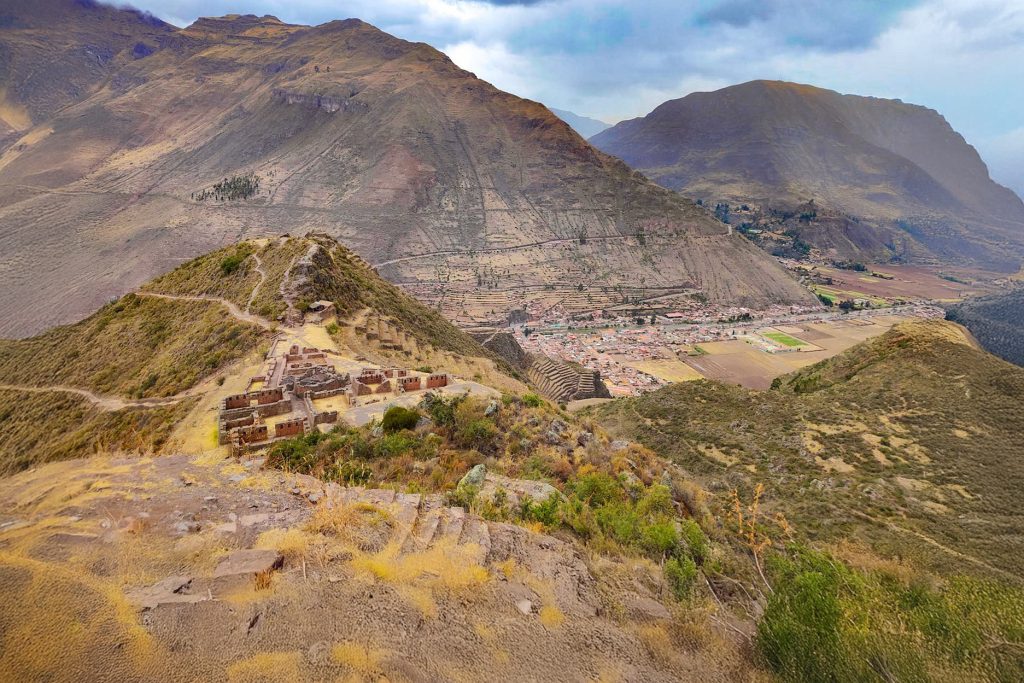
Ancient Past: The History of Pisac, Peru
The history of Pisac dates back to pre-Inca times, when early civilizations thrived in the fertile Sacred Valley. These ancient cultures built agricultural terraces still in use today. Over time, the expanding Inca Empire turned Pisac into a strategic center.
Under Pachacutec’s rule, the Incas redesigned Pisac as a military, agricultural, and religious complex. Its architecture reveals advanced knowledge of hydraulics, astronomy, and urban planning. The current ruins reflect the Inca vision of the Andean world.
Pisac guarded the southern entrance to the Sacred Valley and controlled routes to the jungle and Cusco. Its clifftop location offered natural defense against invaders. Its partridge-shaped layout holds symbolic meaning in Inca cosmology.
The Incas built canals, temples, watchtowers, and cemeteries high in the mountains. Each structure served a ceremonial, agricultural, or astronomical purpose. The site reflects the harmony between engineering and Andean spirituality.
Inca Legacy That Lives On
With the arrival of the Spanish in the 16th century, Pisac was partially destroyed. A colonial town was later founded in the valley, with a central plaza and mestizo architecture. Still, the Inca spirit remains in its stones and trails.
Pisac’s agricultural terraces are a testament to ancestral mastery over the mountainous terrain. These stepped platforms allowed the cultivation of potatoes, corn, and quinoa in extreme conditions. Today, many local farmers continue to use this ancient system.
The Pisac archaeological site preserves temples dedicated to the Sun, water, and natural forces. Among them stands the Intihuatana, a stone-carved solar clock. This feature symbolizes the town’s deep connection to the cosmos.
Pisac’s history lives not only in its ruins but also in its oral traditions and vibrant festivals. Local dances, costumes, and customs preserve the essence of a glorious past. Visiting Pisac is like walking through centuries of living culture, proudly kept by its people.
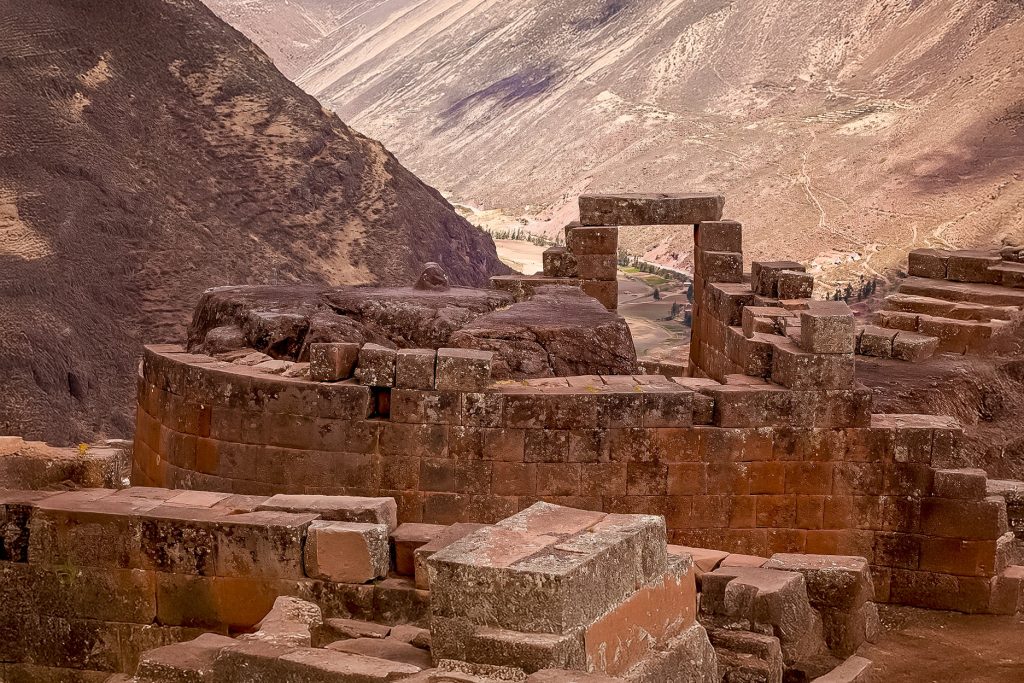
Ruins, Culture, and Charm: What to See in Pisac
The ruins of Pisac form a unique archaeological complex in the Sacred Valley. These structures reveal the precision, symbolism, and mastery of Inca civilization. Exploring this site helps understand the connection between spirituality, astronomy, and social organization.
The tour begins at the Intihuatana sector, a solar clock carved into living rock with astronomical orientation. This calendar marked solstices and religious ceremonies dedicated to the sun. Its design shows the harmony between the Inca worldview and celestial movements.
Just a few steps away, Qantus Raqay reveals the empire’s productive life. Guinea pigs were raised here and food was stored in colcas (Andean storage buildings). The agricultural terraces and irrigation canals showcase efficient land management.
Another unmissable point is Pisaq’a, a residential complex overlooking the mountainous landscape. These semicircular structures demonstrate architectural adaptation to steep terrain. Its location above the Chongo River offers privileged views of the natural surroundings.
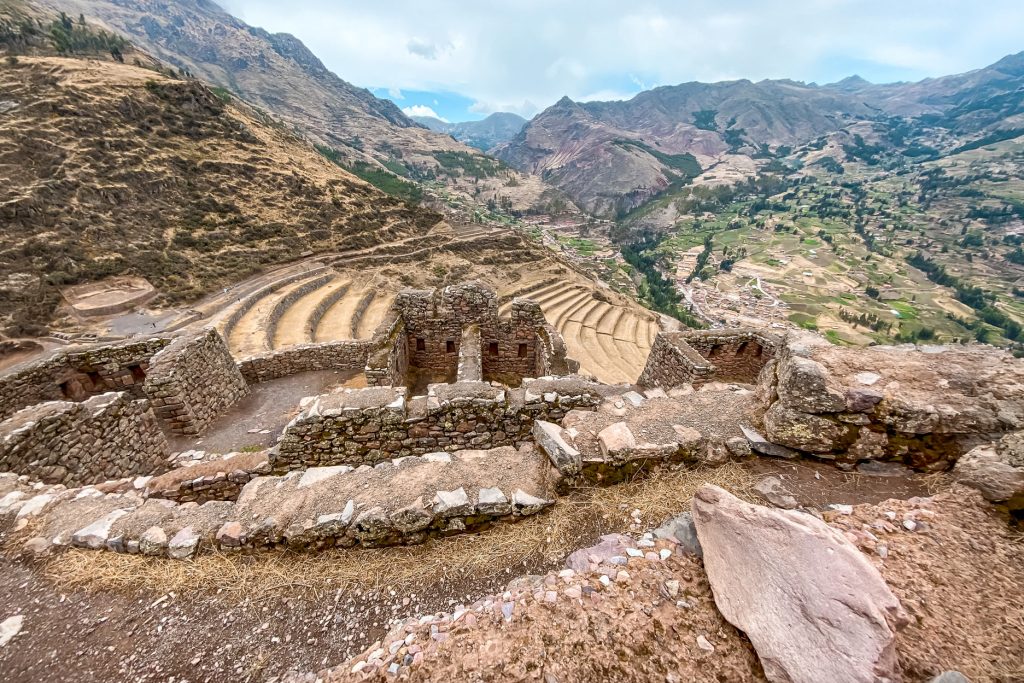
Kallaqhasa: Spirituality and High-Altitude Architecture
At the top of the complex lies Kallaqhasa, the largest and most sacred sector of Pisac. The enclosures here feature irregular architecture built with stones bound by mud. This place hosted important ceremonies and housed the Inca elite.
A special feature of Kallaqhasa is its three-meter tunnel, carved directly into the rock. This hidden passage connects different sections and adds an air of mystery to the tour. Visitors feel a unique atmosphere walking through this ancient structure.
Along the path, the Ajchapata terraces emerge—fan-shaped agricultural platforms. These were essential for farming on the Andean slopes without losing productivity. Their symmetrical beauty continues to amaze travelers and agricultural experts.
Further along, the Qoriwayrachina sector stands out for its semicircular towers. These structures, called pucaras, served as watchpoints and defensive posts. From here, visitors enjoy breathtaking views of the Sacred Valley and its fields.
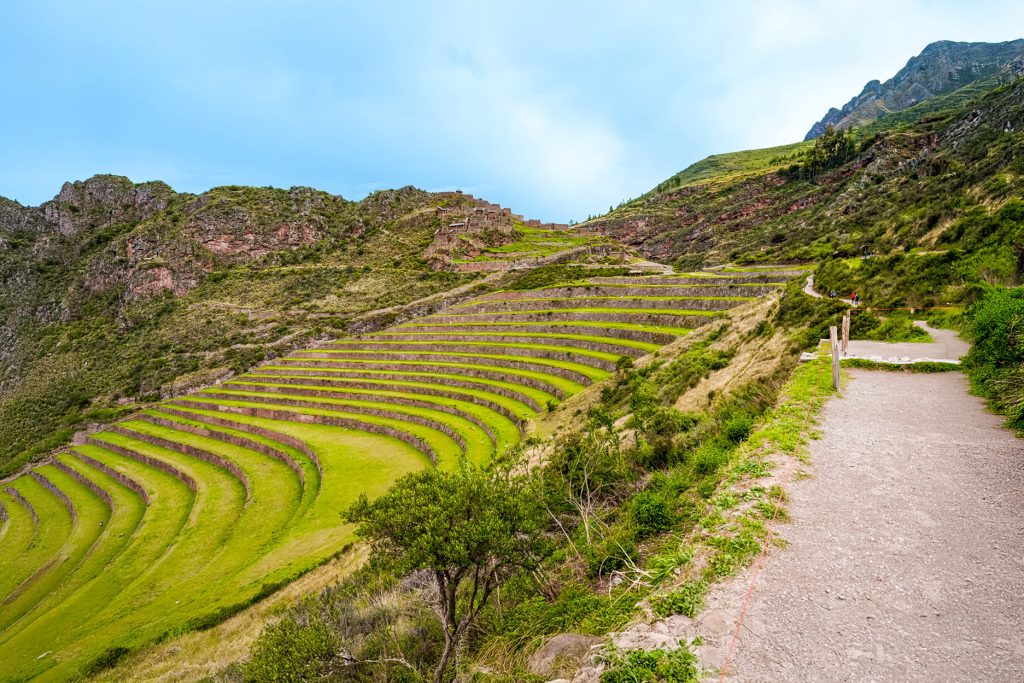
Tantamarka and Tianayoq: Spaces of Respect and Ceremony
On the eastern side, Tantamarka holds hundreds of tombs carved into cliff walls. Though many have been looted, the site remains a symbol of the Incas’ deep respect for the dead. It’s considered one of the largest cemeteries in the Andean world.
Nearby, Tianayoq features a ceremonial seat carved from rock. This space was likely used for rituals tied to power and spiritual authority. The stone’s symmetry and elevated position make it stand out.
Pisac also preserves two tunnels sculpted from solid rock. One measures 16 meters; the other, located in Kallaqhasa, stretches three meters. These tunnels fascinate both archaeologists and travelers alike.
Beyond the Ruins: Tradition and Life in the Town of Pisac
The current town of Pisac offers a rich cultural experience. On Sundays, Quechua Masses are held in traditional dress in the main square. These ceremonies reflect the fusion of ancestral faith and Christianity.
Pisac’s traditional market is one of the most famous in Peru. Here, artisans sell alpaca textiles, ceramics, musical instruments, and jewelry. It’s a vibrant space that radiates the living energy of the Andean people.

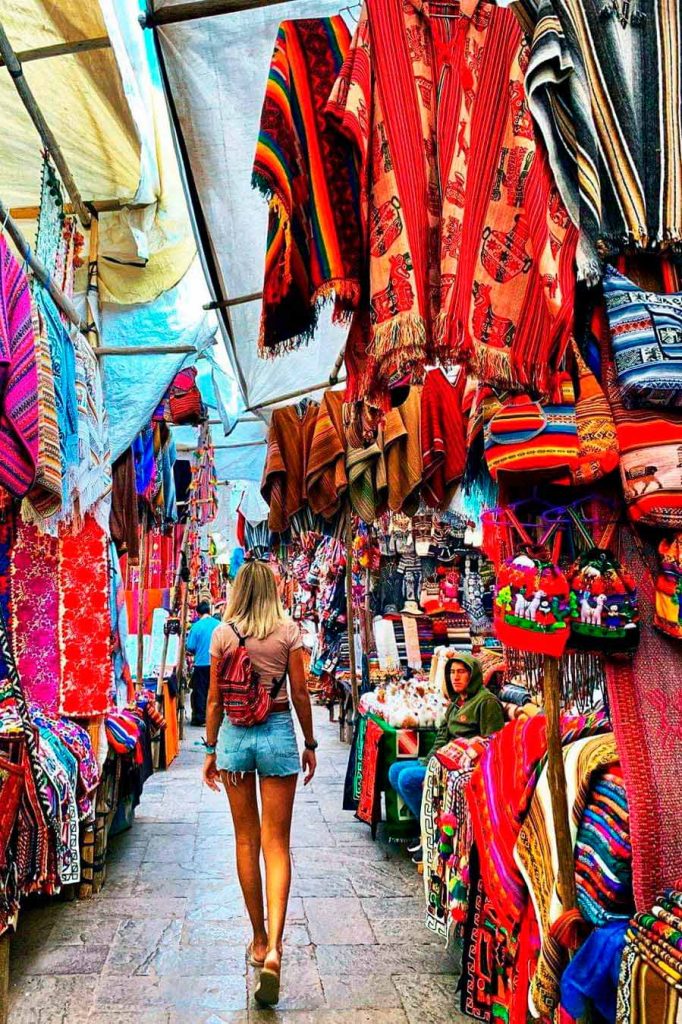

For those seeking to learn more, the Pisac Community Museum displays archaeological pieces, textiles, and ceramics. Opened in 2009, it showcases the local communities’ efforts to preserve their heritage. The visit is brief but meaningful.
A few kilometers away, the Potato Park highlights the region’s agricultural diversity and importance. Local communities grow hundreds of potato varieties and teach about their conservation. They also offer traditional meals like pachamanca in communal spaces.
Finally, the Felipe Marín Moreno Botanical Garden offers a green, peaceful retreat to end your visit. Founded in 1917, it features native species collected by a Peruvian botanist over many years. Its natural beauty perfectly complements Pisac’s archaeological richness.
Pisac brings together stunning ruins, magical landscapes, and a culture alive in every corner. Visitors can explore temples, terraces, and ancient trails while connecting with local life. This Sacred Valley gem inspires, teaches, and moves.
Exploring Pisac is more than a tourist visit; it’s a deep, transformative experience. Every stone holds a story, and every face reflects the pride of heritage. No trip to Cusco is complete without discovering the ancestral charm of Pisac.
Did you know? The name “Pisac” comes from the Quechua word Pisaq, meaning “partridge”—a native bird symbolizing fertility and peace in the Andes.
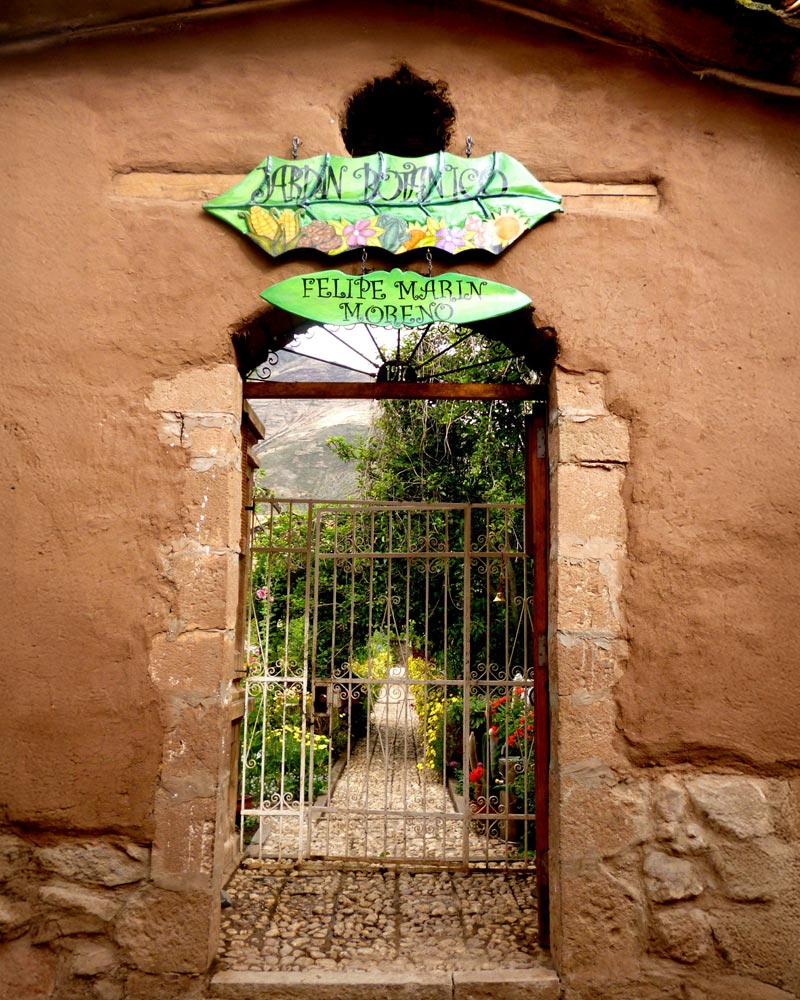
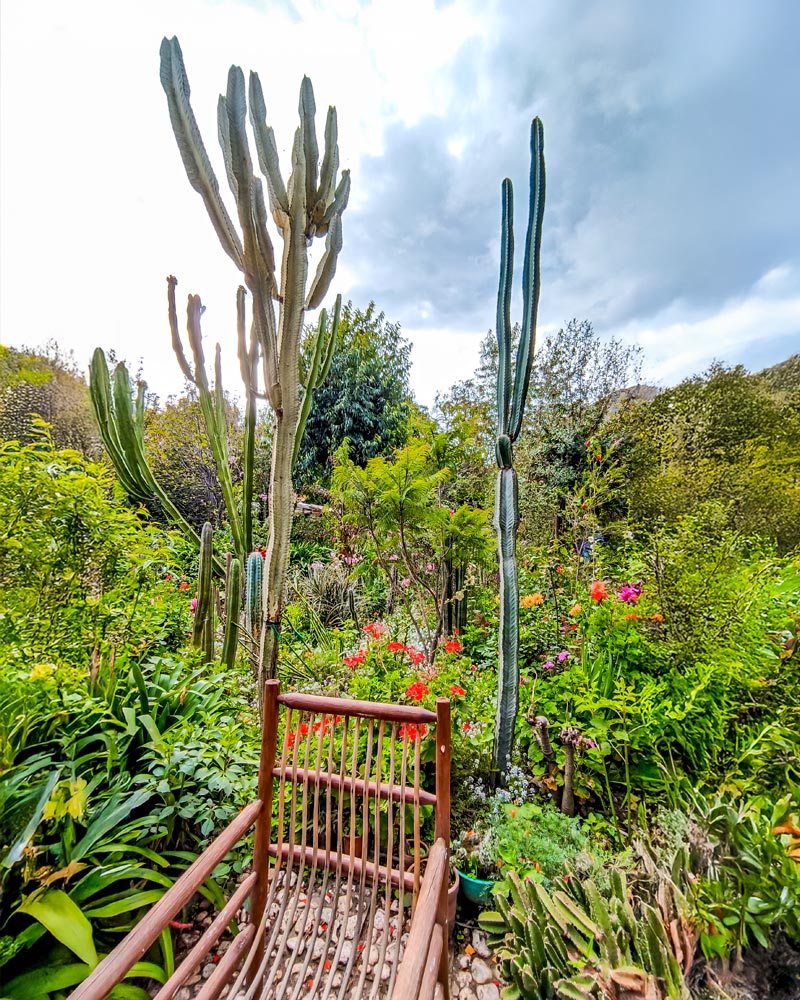
Ideal Climate & Best Time to Visit Pisac
The climate in Pisac is pleasant throughout much of the year due to its Andean location. Situated at 2,972 m (9,751 ft) above sea level, it offers sunny days and fresh nights, making it an accessible destination in almost any season.
The dry season in Pisac runs from April to October. During these months, the sky is clear and rain is scarce—perfect for safely exploring the ruins and going on hikes.
The Andean winter, which coincides with the dry season, offers moderate daytime temperatures and cold nights. June to August are ideal for photography and excursions. Additionally, traditional celebrations like Inti Raymi enrich the cultural experience.
On the other hand, the rainy season lasts from November to March. During this period, paths can become slippery and the views less clear. Still, the landscape bursts with life, lush vegetation, and green mountains.
Advantages of Each Season for Visiting Pisac
- Dry Season (Apr–Oct): Provides stable conditions for exploring the archaeological complex. Hiking routes are more accessible and there’s less chance of weather interruptions. The atmosphere is also ideal for visiting the market and enjoying outdoor activities.
- Rainy Season (Nov–Mar): Fewer tourists result in a quieter experience. Accommodation rates are often lower, and the town has a more intimate ambiance. A valid option for those seeking authentic, relaxed contact.
Pisac can be visited year‑round, but each period offers a distinct experience. Choosing the right time depends on the type of trip you seek. Whether for weather or festivities, Pisac always delights.
If you loved Pisac’s traditional market, don’t miss our detailed guide to the markets of Cusco. 👉 Read the full guide here
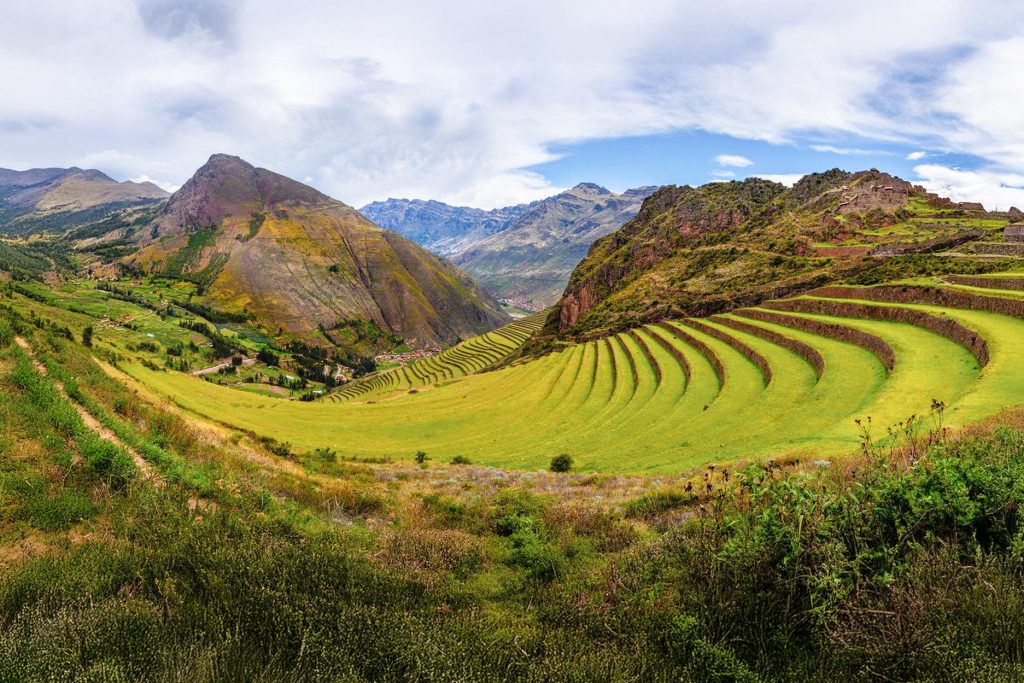
Accommodation in Pisac: Where to Sleep & Relax
Pisac offers lodging to suit every taste, from budget hostels to boutique guesthouses. Each option stands out for its welcoming atmosphere and personalized service. Most accommodations are located near the plaza and artisan market.
- Pisac Inca Guest House: A family‑style home with gardens and included breakfast. It offers communal areas ideal for relaxing after exploring archaeological trails. Mountain views, Wi‑Fi, and a tranquil vibe complete the package.
- El Parche Rutero Hostel: Highly rated for its social environment and panoramic views. Travelers praise the local hospitality and the terrace overlooking Pisac. The hostel also offers a shared kitchen and free Wi‑Fi.
Central & Affordable Options
- Wolf Totem Steam Punk Guesthouse: Unique decor and affordable pricing. Its artistic style highlights Pisac’s creativity. The accommodation features a bar, terrace, and lovely garden—perfect for unwinding after a day of excursions.
- Hospedaje Chaska Pisac: For families and couples seeking a traditional setting. Offers comfortable rooms, common areas, excellent service, breakfast, and Andean views.
If you want a local, charming experience, choose family-run places like Pisac Inca Guest House. For a livelier vibe, opt for hostels like El Parche Rutero or Wolf Totem. You’ll always find a place to unwind in Pisac after exploring its archaeological and cultural treasures.
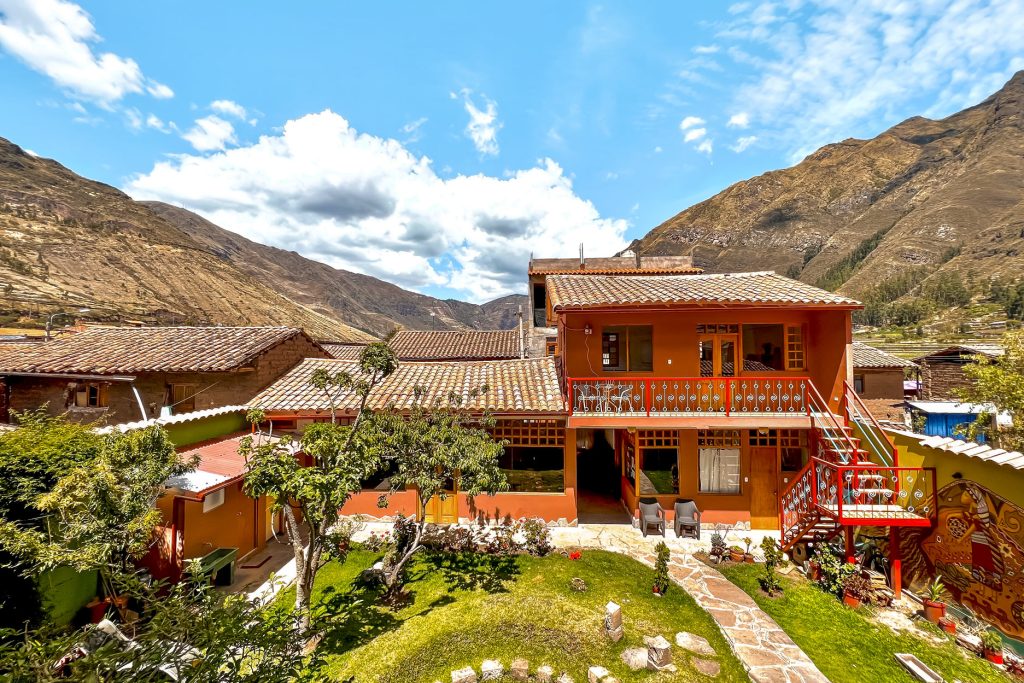
Frequently Asked Questions for Visiting Pisac
¿What should I bring for a comfortable visit to Pisac?
Wear sturdy shoes like hiking sneakers or boots. The terrain is rocky and uneven, so good grip is essential. Also bring a light change of clothes for after the hike.
How can I protect myself from Pisac’s climate?
Weather in Pisac can be unpredictable—strong sun, cold breeze, and possible rain. Pack sunscreen, sunglasses, a hat, and a backpack with essentials. A rain jacket and layered clothing are also recommended.
Is it important to stay hydrated while visiting Pisac?
Yes. It’s recommended to carry at least one liter of water in a reusable bottle. Staying hydrated frequently helps maintain energy and well‑being throughout your exploration.
What’s the best time of day to visit the Pisac ruins?
Early morning is ideal for visiting the ruins. There are fewer people, photo lighting is softer, and the atmosphere is calmer. Plus, you avoid the intense midday heat.
Do I need a ticket to enter the Pisac ruins?
Yes. You can purchase the Cusco Tourist Ticket, which includes entry to Pisac and other Sacred Valley sites. Buy in advance to avoid lines and make the most of your time.
How do I get to Pisac from Cusco?
You can take shared vans departing from Puputi Street in Cusco. They leave early, so punctuality is recommended. You can also book a guided tour or taxi for greater comfort.
Is it worth staying overnight in Pisac?
Yes. Staying in Pisac allows you to connect more deeply with its culture. You can choose accommodations with valley views or family-run homes for an authentic experience.
When is the best time to visit Pisac’s traditional market?
It’s ideal to visit the ruins first, then the market—so you won’t carry a load uphill. Afterwards, you can explore the market at your leisure.
Do I need to acclimatize before visiting Pisac?
Yes. Pisac is about 2,900 m above sea level. It’s recommended to acclimatize for one or two days in Cusco or the Sacred Valley.
How should I prepare my clothing for Pisac’s climate?
Check the forecast before your trip. Bring light layers, a rain jacket, and suitable footwear. This way you can easily adapt to Andean climate changes.
When is the best time to visit Pisac?
The dry season, from May to September, is the best. You’ll enjoy clear skies, dry paths, and pleasant weather—ideal for photos of landscapes and ruins.
What precautions should I take if traveling during the rainy season?
Check trail conditions before heading out. Hillsides can be slippery. Bring a trekking pole and walk carefully.
What behaviors should I avoid in Pisac?
Do not litter and respect archaeological installations. Avoid touching Inca walls, stones, or irrigation canals. Help preserve the site for future generations.
Can I participate in cultural activities in Pisac?
Yes. Many artisans offer weaving and pottery workshops near the market. Participating supports the local community and enriches your experience.
What cultural activities can I see in Pisac?
If you’re lucky, you may see dances, Quechua masses, or local festivals. These expressions showcase the living identity of Pisac. Attending respectfully strengthens cultural bonds.
Can I take photos freely in Pisac?
Yes, you can photograph landscapes, agricultural terraces, and Inca architecture. Bring a charged camera or phone. Remember to share with respect and promote responsible tourism.
Careful planning ensures comfort, respect, and cultural connection. Pisac awaits you for an unforgettable experience in the heart of the Sacred Valley.

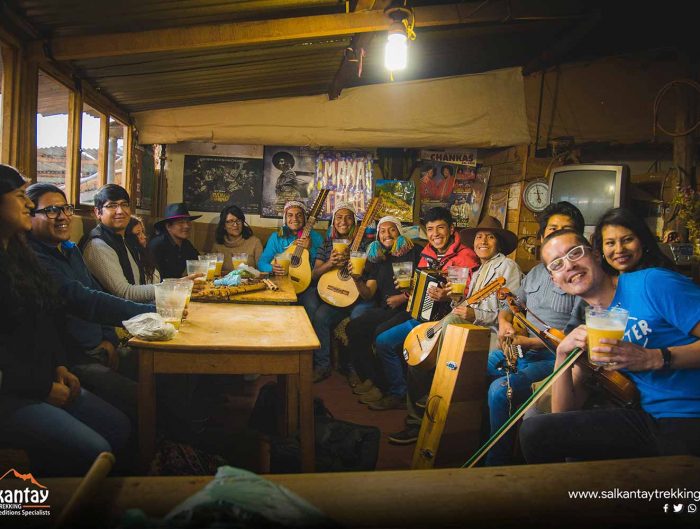
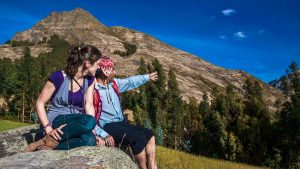
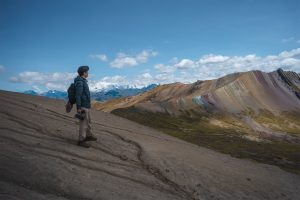
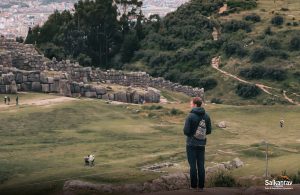
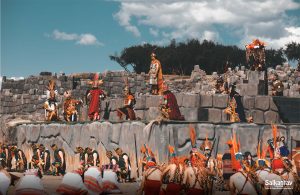




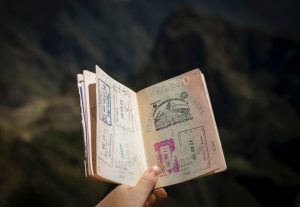
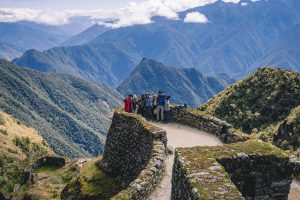
Leave A Reply